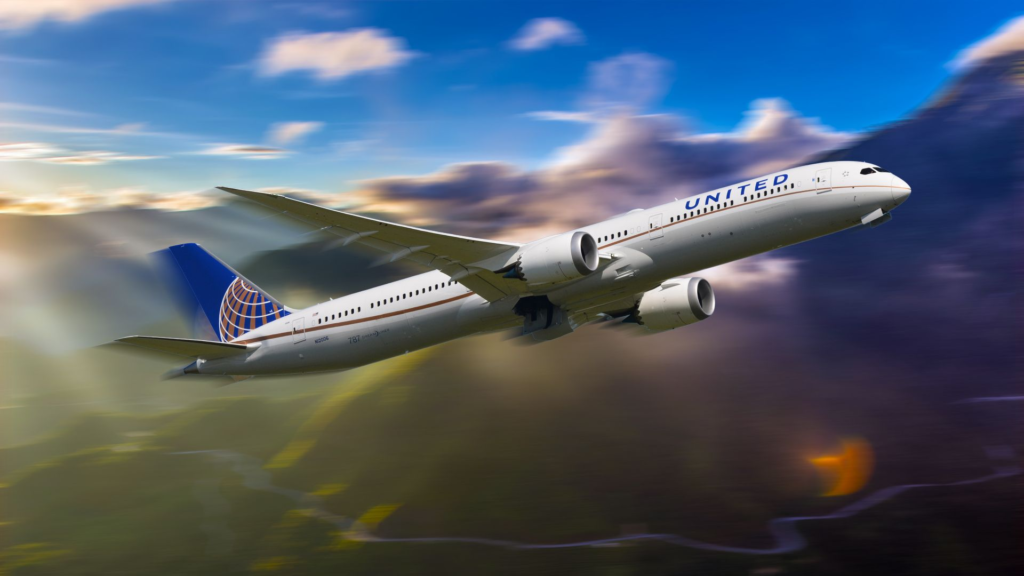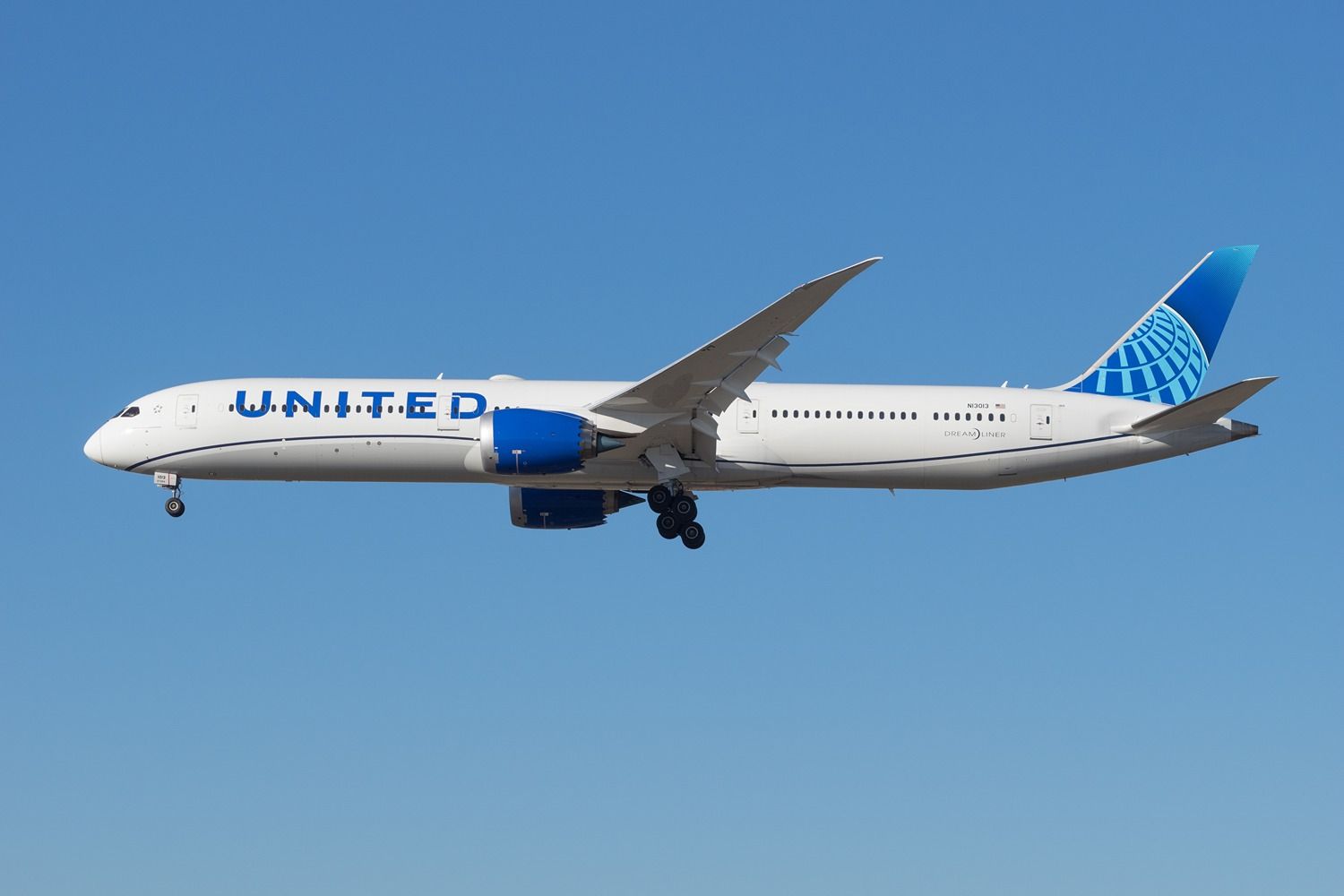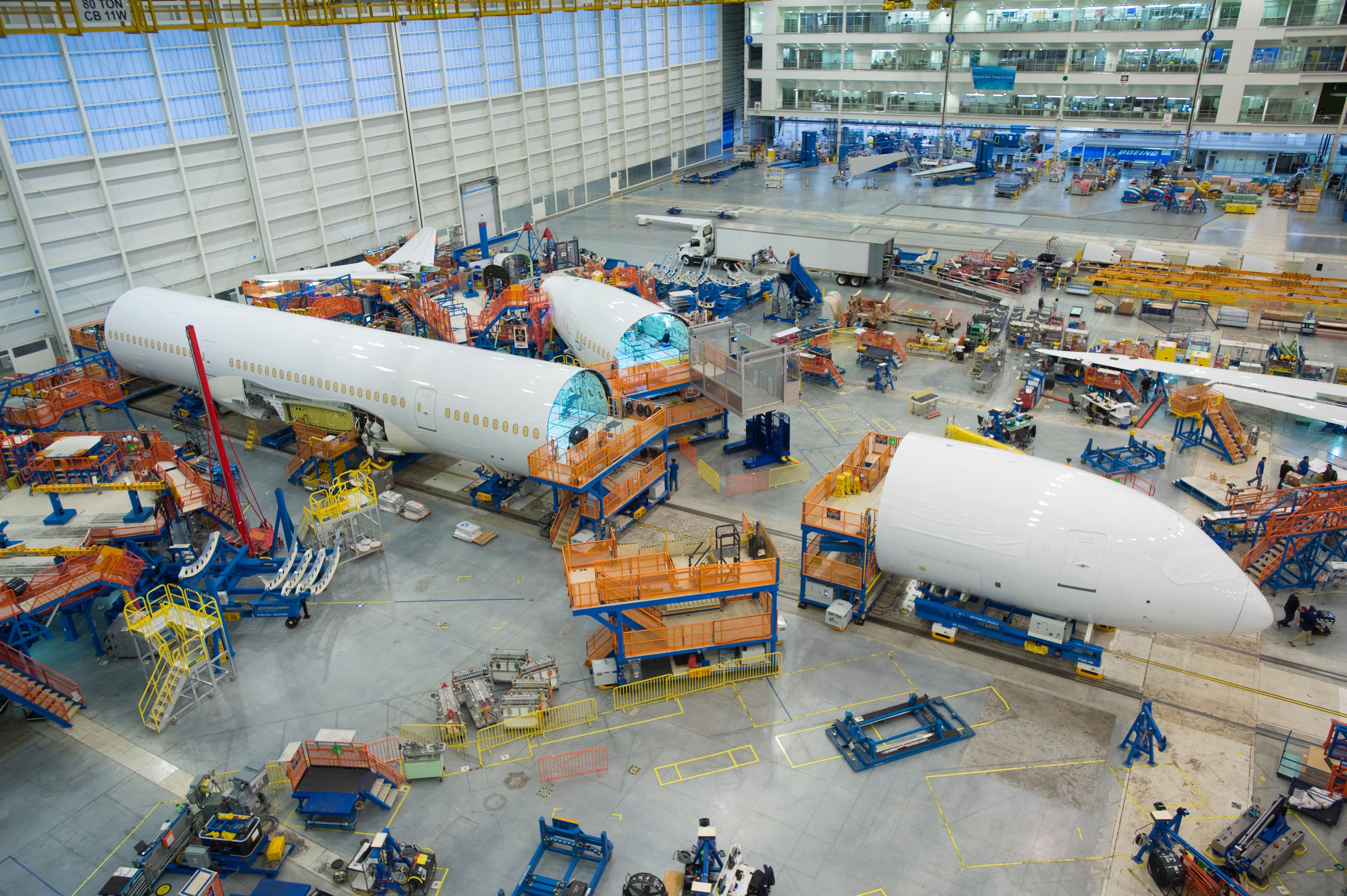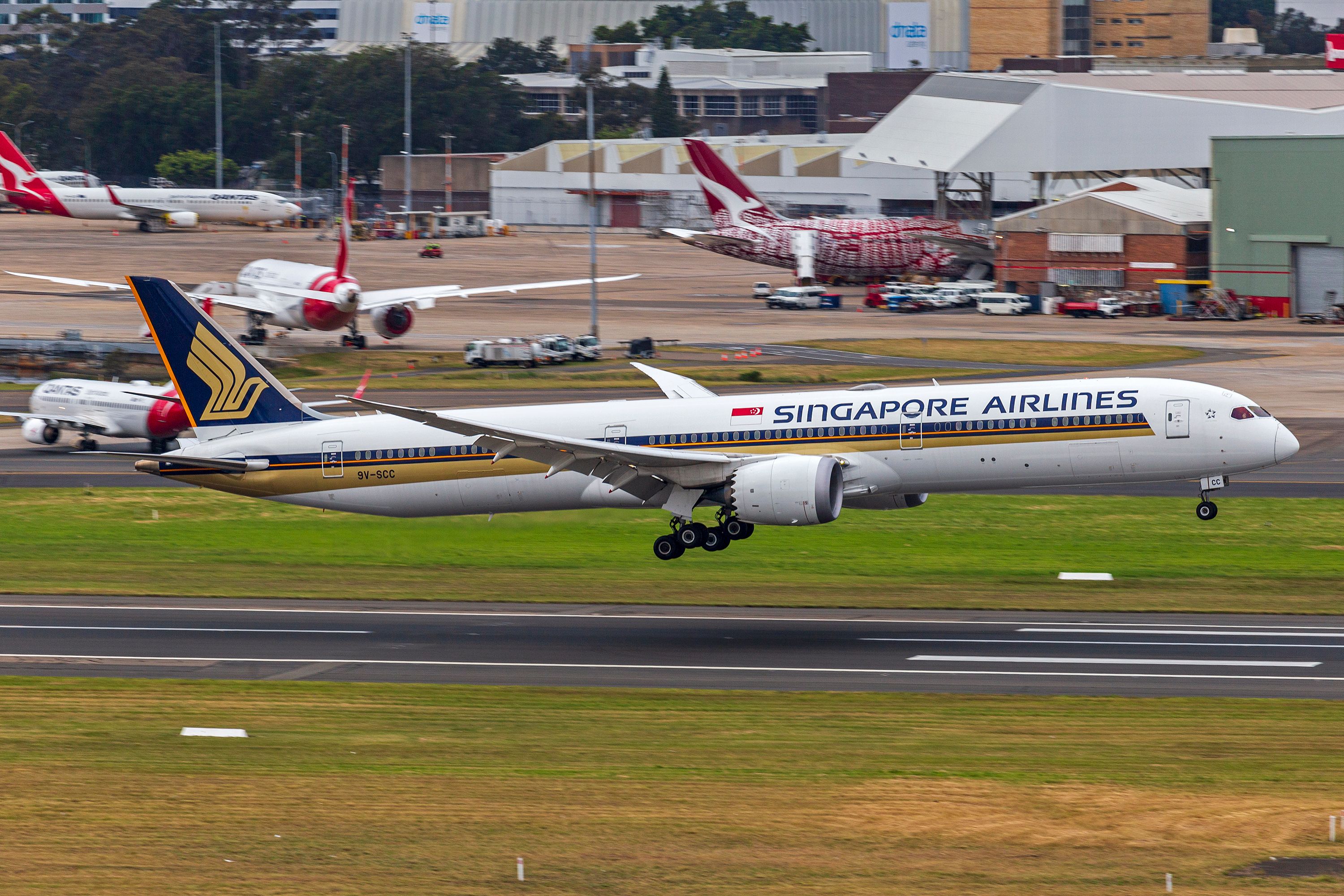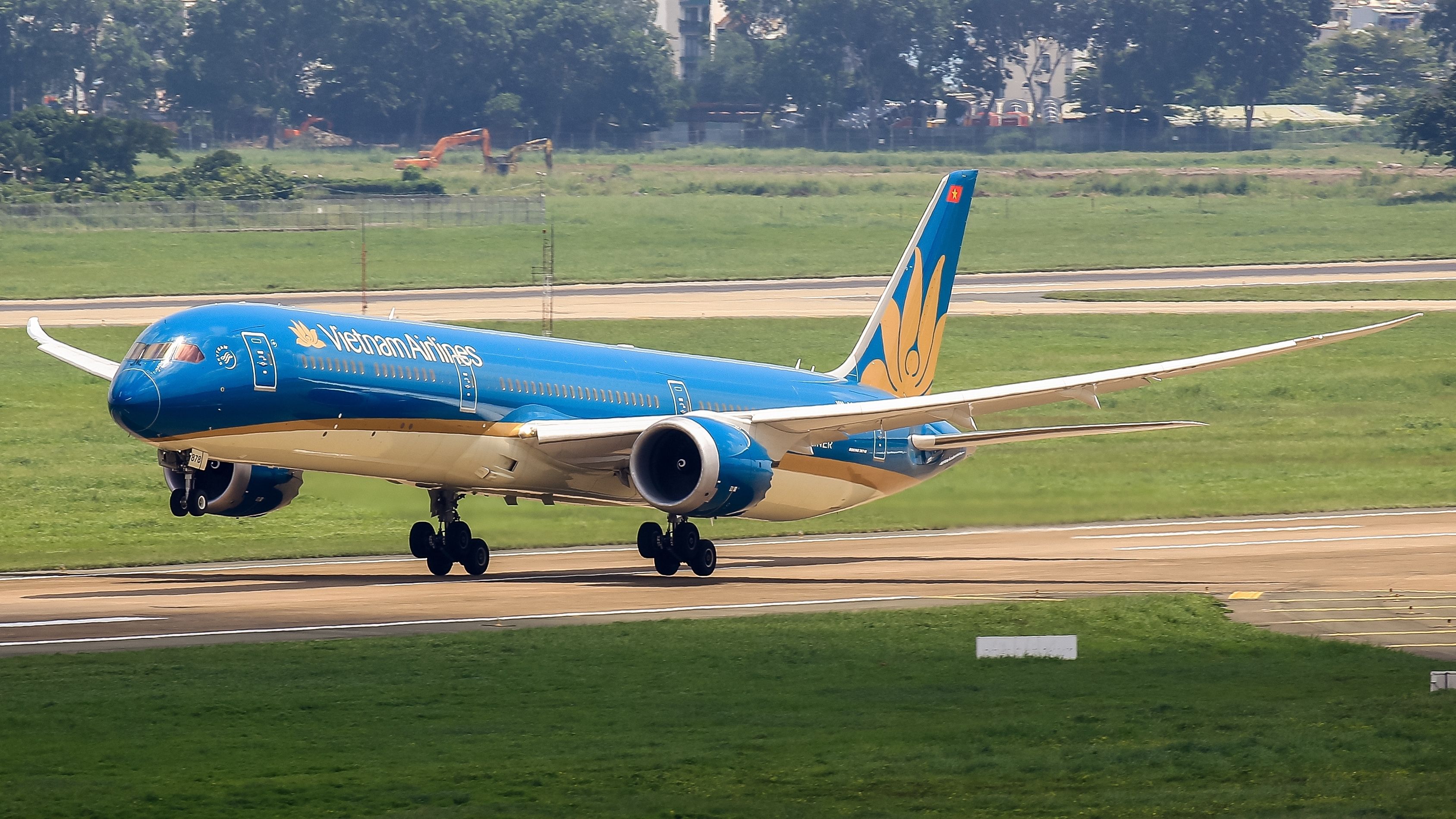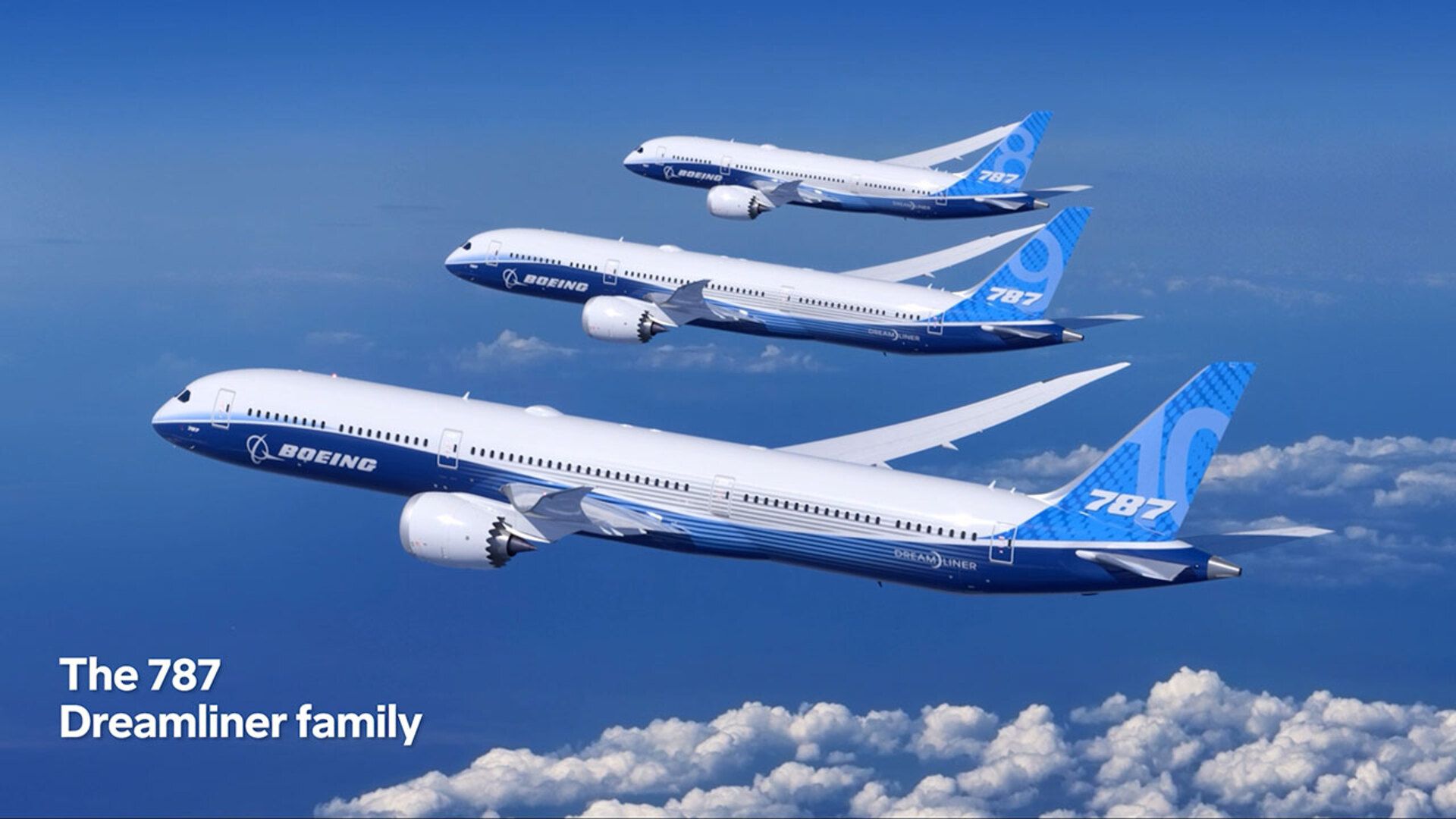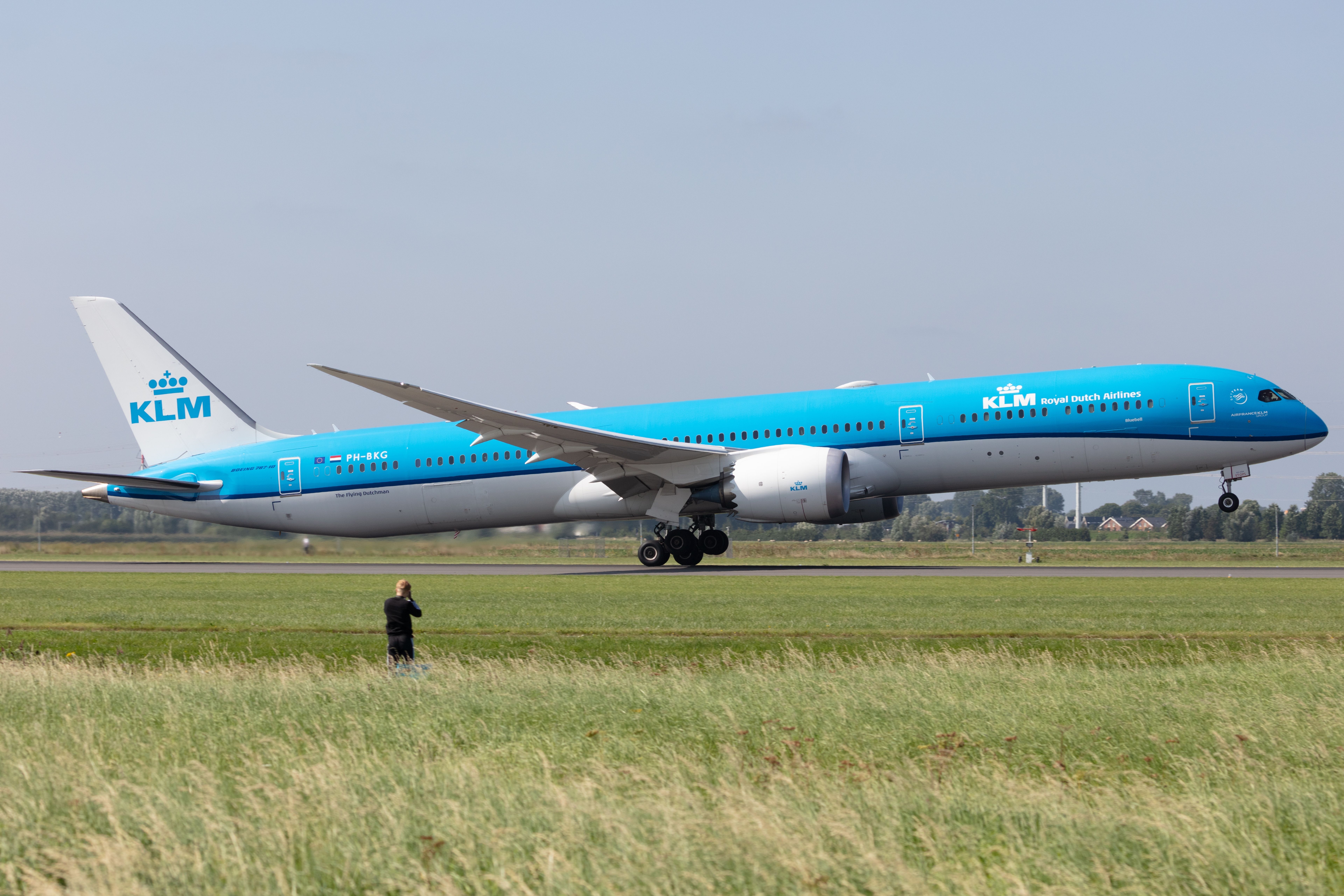Why did Boeing stretch its Dreamliner family to a fuselage length of 224ft (68 m) on the 787-10, making it a full 38 ft (12 m) longer than the original Boeing 787-8? In an era when airlines demand both efficiency and flexibility, the Boeing 787-10’s extra length delivers up to 330 seats in a two-class layout, nearly 40 more than the Boeing 787-9 and almost 90 more than the Boeing 787-8, without the time, cost, or certification burden of designing an entirely new wing or tail. By inserting nine fuselage frames (five forward of the wingbox, four aft) and reinforcing local structures rather than reworking the common composite wing or landing-gear geometry, Boeing aimed to meet airlines’ need for higher density on medium-range routes with minimal disruption to its global supply chain.
This guide explores why Boeing opted to stretch the 787-9’s barrel instead of launching a clean-sheet model, the engineering trade-offs that accompanied the longest Dreamliner variant, and the ways carriers, from Singapore Airlines to British Airways, leverage the Boeing 787-10’s unique capacity-versus-range profile. Drawing on detailed cutaway analyses, airport-planning data, and airline deployment patterns, we’ll explain how this “plug-and-play” stretch preserved cockpit commonality, engine options (GE GEnx-1B or RR Trent 1000 TEN), and wing-tip rakes.
The Anatomy Of The 787-10 Stretch
At 224 ft (68 m), the Boeing 787-10 Dreamliner is the longest member of the Boeing 787 family, yet it shares its wings, tail and type certificate with its shorter siblings. By stretching the fuselage instead of redesigning the wing, Boeing delivers up to 330 seats in a two-class layout, 40 more than a typical 787-9 (290 seats) and 88 more than the smallest 787-8 (242 seats) on the same family footprint.
To achieve this, Boeing inserted nine extra fuselage frames into the 787-9 barrel: five forward of the wing box to add 10 ft (3 m), and four aft to add 8 ft (2.4 m), for a total stretch of 18 ft (5.4 m). The cross-section, fuselage diameter (18 ft 11 in/5.77 m), composite barrel construction, and 197 ft (60 m) wingspan remain identical to the 787-8 and ‑9. This “plug-and-play” approach minimizes new parts, preserves assembly-line commonality, and avoids the time and cost of a full wing or empennage redesign.
Stretching the fuselage raises structural loads and drag, so engineers reinforced local skins and frames around high-stress zones, particularly the wing-fuselage joint, lower aft barrel, and empennage attachment points, to handle up to a 15% increase in bending moments. Wetted area grows by roughly 7%, translating to a 1.5% drag penalty at cruise, which Boeing largely offsets through refined raked wingtips and engine-nacelle inlet tweaks.
Remarkably, the Boeing 787-10 retains the same maximum take-off weight of 560,000 lb (254 t) as the 787-9. The result: airlines gain 10–15% better seat-mile economics on medium-range routes with a range trade-off, 6,430 nm versus 7,635 nm on the 787-9, while maintaining fleet commonality and pilot training efficiencies.
Structural And Aerodynamic Impacts Of The Fuselage Stretch
Stretching the fuselage increases wet area, drag, and structural loads. Boeing’s challenge was to integrate the lengthened barrel into the existing wing-center section and avoid a wholesale redesign of the composite wing and control surfaces.
To handle up to a 15% increase in peak bending moments at the wing-fuselage joint, engineers reinforced the local structure with extra carbon-fibre layups (“doublers”) over critical longerons and frames. The 787-10’s fuselage creates a significantly extended moment arm between the main gear and tail. In practical terms, that extra length cuts tailstrike margins down to a few degrees of pitch error during rotation and flare.
To prevent tailstrikes, Boeing embedded special protections in the 787-10’s fly-by-wire envelope logic. When the aircraft senses rotation beyond the approved pitch attitude or rate, the flight computer automatically limits further nose-up input and smoothly caps the pitch rate, effectively preventing a dangerous over-rotation. Similar logic intervenes in the flare, preventing excessive pitch-down commands that could drive the tail onto the ground.
Second, Boeing designed a semi-levered main gear. This shifts the airplane’s rotation pivot point about 2 feet further back, giving it more room to take off safely without hitting the tail, all without changing the height of the wings or body, at the cost of unique roll-on-ground characteristics and a broader steering arc.
|
Area of intervention |
Modification |
Purpose |
|---|---|---|
|
Wing-fuselage joint |
Additional composite doublers |
Handle increased bending loads |
|
Lower rear fuselage |
Reinforced longerons and thicker skin panels |
Prevent buckling under load |
|
Landing gear |
Semi-levered main gear truck with lock-out actuator |
Maintain tailstrike clearance |
Aerodynamically, the stretched barrel increases drag by about 1.3–1.5% at Mach 0.85 cruise. Boeing recouped most of that penalty by refining the raked wingtips, smoothing wing–body fairings, and optimizing the engine-nacelle inlet lips. The net effect is a fuel-burn increase of only 0.5–1% per seat-mile compared to the Boeing 787-9, far smaller than the 3–5% penalty a clean-sheet design might impose.
Meanwhile, because the MTOW remains unchanged at 560,000 lb (254,011 kg) and the wing area and geometry are identical, take-off performance, climb rates, and pilot commonality stay virtually the same across the Dreamliner family. Airlines gain a 10–15% boost in seat-mile economics on medium-range routes with minimal aerodynamic or operational compromise.
Market And Operational Rationale For The Stretch
Airlines operating medium-to-long-haul routes have steadily shifted toward aircraft that balance high seating capacity with efficient fuel burn over distances rarely exceeding 6,500 nm. The 787-10 Dreamliner was designed precisely for this niche. Boeing positioned it between the 787-9 and larger widebodies such as the 777-200ER, offering up to 330 seats in a two-class layout while retaining a common wing, cockpit, engines, and type rating across the Dreamliner line.
![]() Singapore Airlines, as the Boeing 787-10 launch customer, exemplifies this operating philosophy. With 49 aircraft on order, configured in a 32 Business/298 Economy split, the carrier deploys its Dreamliners on high-density regional routes like SIN–NRT and SIN–BKK, squeezing maximum revenue from each rotation. Other airlines, such as Korean Air, EVA Air, KLM,
Singapore Airlines, as the Boeing 787-10 launch customer, exemplifies this operating philosophy. With 49 aircraft on order, configured in a 32 Business/298 Economy split, the carrier deploys its Dreamliners on high-density regional routes like SIN–NRT and SIN–BKK, squeezing maximum revenue from each rotation. Other airlines, such as Korean Air, EVA Air, KLM, ![]() British Airways and
British Airways and ![]() United Airlines, operate several flights to and from the US.
United Airlines, operate several flights to and from the US.
For markets where capacity generates greater yield than absolute range, the 787-10’s 10–15% seat-mile cost advantage makes it the preferred choice. This deliberate capacity-versus-range trade-off turns the simple fuselage stretch into a strategic tool, letting airlines match Dreamliner variants precisely to route profiles without the expense of developing a wholly new aircraft.
Economic Advantages And Fleet Commonality
One of the advantages of the Boeing 787-10 is its high level of commonality with other Dreamliner models. Instead of designing a brand-new wing, tail, or avionics suite, Boeing opted to stretch the 787-9’s fuselage, allowing the 787-10 to share more than 90% of its components with its siblings. This decision significantly reduced development costs and streamlined certification pathways while delivering a new capability for airlines: more seats without more complexity.
From a fleet management perspective, this commonality translates into major savings. Airlines can train pilots, cabin crews, and maintenance personnel across the 787 family using a single type rating, simplifying simulator training and crew scheduling. Maintenance procedures, spare parts inventories, and tooling remain largely uniform across the 787-8, -9, and -10, cutting lifecycle costs and avoiding the logistical burden of managing a new aircraft type.
Lessors and fleet planners value this approach as well. The interchangeability of parts, engines, and control systems simplifies support contracts and ensures easier asset transfers across airlines. Thanks to this plug-and-play compatibility, pilots qualified on one variant can easily operate another, increasing deployment flexibility and reducing downtime across mixed fleets.
Technical Trade-Offs And Design Choices
No design is without compromise. The Boeing 787-10’s extra length forces trade-offs between payload, range, and structural complexity.
To keep MTOW unchanged at 560,000 lb (254,011 kg), Boeing reduced maximum fuel capacity by 3% versus the Boeing 787-9. This preserves weight limits but constrains maximum range. Maintenance requires additional inspections on fuselage frames at stretch joints to detect fatigue early.
|
Variant |
Typical 2-Class Seating |
Max Range (nm) |
MTOW (lb) |
|---|---|---|---|
|
787-8 |
242 |
7,355 |
502,500 |
|
787-9 |
290 |
7,635 |
560,000 |
|
787-10 |
330 |
6,430 |
560,000 |
Engine choice (GE GEnx-1B76 or RR Trent 1000 TEN) remains consistent across all 787 variants, ensuring thrust commonality. Composite fuselage plugs and one-piece barrel production cut out longitudinal splices, but require precise quality control, an investment Boeing deemed worthwhile to support the stretch without compromising structural integrity. All those compromises made the Boeing 787-10 the least popular of its family with airlines, especially when compared to the 787-9.
Looking Ahead: Lessons from the 787-10 Stretch
The Boeing 787-10 experiment highlights Boeing’s ability to adapt an existing platform to evolving airline needs. Its moderate range and large capacity fill a niche, one that will persist until new designs such as the Boeing 777X address similar market segments.
Airlines should match aircraft to route profiles rather than defaulting to next-generation performance. For high-frequency, high-density services under 6,500 nm, the Boeing 787-10 remains an ideal choice. Observers will watch whether future mid-market aircraft adopt similar fuselage-stretch tactics or pursue clean-sheet designs.
As composite manufacturing and structural modeling tools advance, further fuselage stretches or capacity upgrades may become more economical. Boeing’s experience with the Boeing 787-10 informs both the design and certification pathways for any future widebody derivatives, proving that sometimes, an extra nine frames is all you need.


